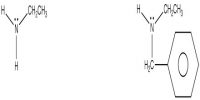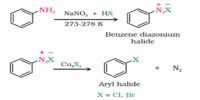The most common of the former is LNG (liquefied natural gas) and the most common of the latter is LPG (liquefied petroleum gas), which have primary constituents respectively methane and propane. The critical temperature of methane is such that it cannot be made into a liquid by pressure application at room temperature, therefore LNG is a cryogen, and liquid at the normal boiling point of methane (112K) is in equilibrium with vapour at 1 bar. By contrast propane can be liquefied at room temperature, and at 25°C the equilibrium vapour pressure is about 8 bar.
Liquefied Natural Gas is a natural gas, the cleanest-burning hydrocarbon, is a major source of energy. It is therefore stored as a liquid under its own super-atmospheric vapour pressure. Falling between methane and propane in the alkanes homologous series is ethane. Its critical temperature is 32°C. The first part of this chapter will compare the physical properties of LNG and LPG.
The most important source of ethane is natural gas liquids (NGL) or (equivalently) ‘condensate When natural gas cools on removal from a reservoir via a well higher hydrocarbons present in it condense. These are up to about G„, and condensate is an important resource. Some of the non-associated gas fields of the southern North Sea contain large amounts of C2 to C4 hydrocarbons giving condensate in high yield when the gas is taken to a production platform. Such fields are often called ‘condensate fields’.














